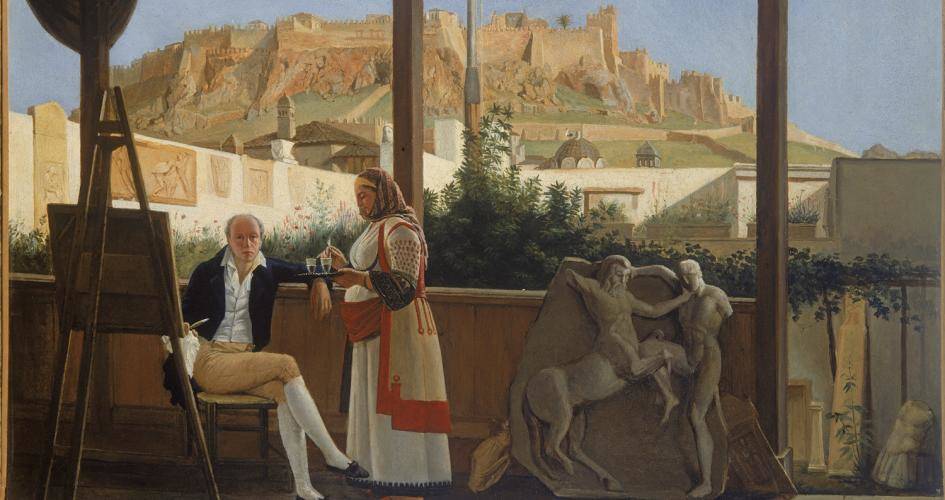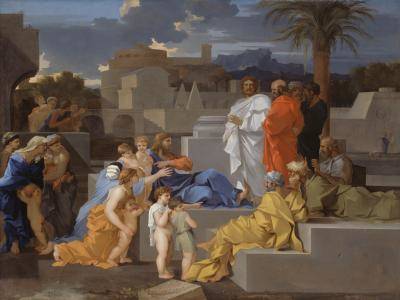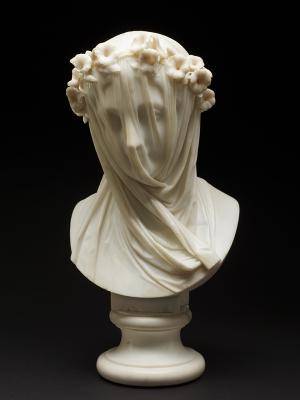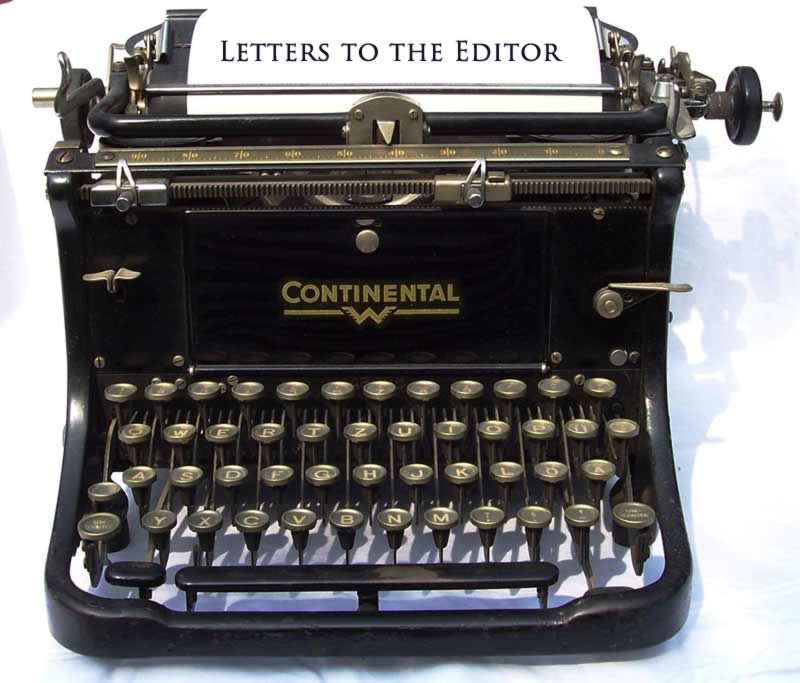
Louis Dupré, Portrait of M. Fauvel, the French Consul, with View of the Acropolis, 1819, Oil on canvas. Smart Museum of Art, The University of Chicago, Gift of Mr. and Mrs. Frank H. Woods, 1980.33.
CHICAGO–(ENEWSPF)–February 16, 2017
By: Andrew Bauld
Even the most casual observer is probably acquainted with the Classical style, that aesthetic anchored in the ancient Greek and Roman traditions of harmony and reason. Think portraits featuring the Acropolis and images of men clad in togas.
A new exhibition opening at the Smart Museum of Art upends such traditional ideas.
In Classicisms, paintings, sculptures, plaster casts and photographs come together to present a far more disruptive legacy than often assumed. The exhibition runs from Feb. 16 to June 11 and features more than 70 objects, spanning European history from antiquity to the 20th century.

Sébastien Bourdon, Christ Receiving the Children, c. 1655, Oil on canvas. The Art Institute of Chicago, Gift of Mrs. Eugene A. Davidson, 1959.57
“The model for what we call ‘Classicism’ began in fifth-century BCE Athens at a moment of tremendous innovation,” said Larry Norman, the Frank. L. Sulzberger Professor in Romance Languages and Literatures, Theater and Performance Studies. “It’s the moment of the development of democracy, it’s the moment of the development of philosophy as a subversive form of thought. The classical moment was a revolutionary moment in human history, and that revolutionary power persists through time.”
Norman, who is co-curator of the exhibition, came up with the idea in 2013 for a wide-ranging, multidisciplinary project that grew out of his interest in French Classicism. Norman assembled a team of faculty and graduate students whose work touched upon the subject, including scholars from Art History, Cinema and Media Studies, English Language and Literature, and the John U. Nef Committee on Social Thought. Norman next turned to the Smart Museum, which he described as an “incredible incubator for interdisciplinary dialogue.”
The team looked to the Smart Museum’s collection to begin developing the exhibition, working with Anne Leonard, interim senior director of academic and curatorial initiatives and curator of European art at the Smart Museum.
“This project is different from others in the sense that the concept is so broad,” Leonard said. “There are no clear geographic or chronological boundaries, so the challenge was to define what the exhibition should be.”

Raffaelo Monti, Veiled Lady, c. 1860, Marble. Collection of the Minneapolis Institute of Art, The Collectors’ Group Fund, 70.60.
The Smart Museum has become known for taking lofty academic ideas and transforming them into something visually appealing and accessible. Working with the museum’s expansive collection and key loans from the Art Institute of Chicago, Milwaukee Art Museum, Museum of Modern Art and elsewhere, Norman and Leonard created a thematic exhibition divided into four distinct sections. They lead viewers to understand how the origins of Classicism have been adapted over time by different cultures. Far from the harmony often associated with Classicism, the pieces show how rebellious the style can be.
Norman said one doesn’t have to look far to see the influence. “The American and French revolutions were inspired politically by the models of ancient Athens and the Roman republic, but also aesthetically,” citing the Federalist style inspired by neoclassicism.
“There are also examples of Stalinist Classicism and fascist Classicism,” he said. “It can be used for everything.”
On Feb. 22, the Smart Museum will host a free public celebration for Classicisms from 7-8:30 p.m., beginning with a performance of a monologue from the Court Theatre’s recent production of the Greek tragedy Electra. Norman and Leonard will join other UChicago scholars who contributed to the exhibition for an in-gallery conversation. Norman and Leonard are hopeful that viewers will come away with a revised understanding of Classicism.
“I think the public probably has certain expectations of what the classical is,” Leonard said. “But I think the public will also find much that is surprising and unexpected.”
“It’s a collection of stunning objects,” said Norman, who added he hopes the public will see “that the past, even though it comes with an idea of tradition, and heritage, and authority, is actually always there as a tool for reimagining the world.”
Source: http://uchicago.edu








